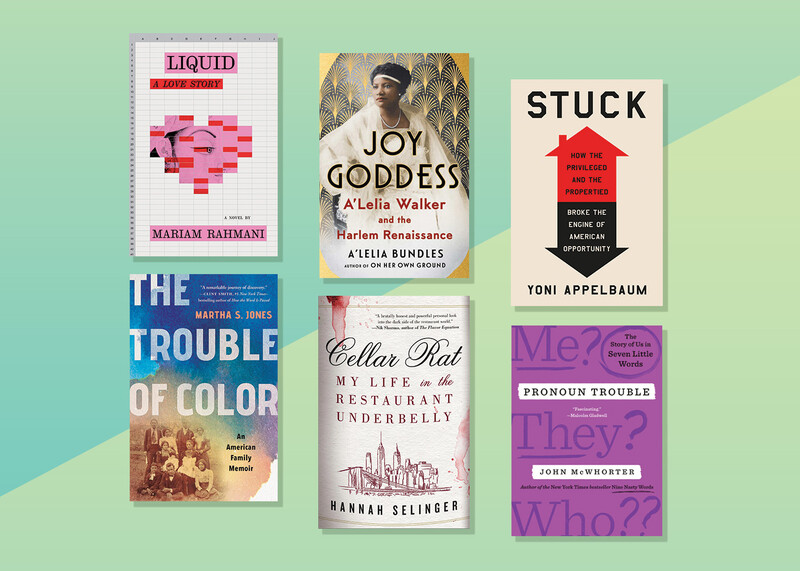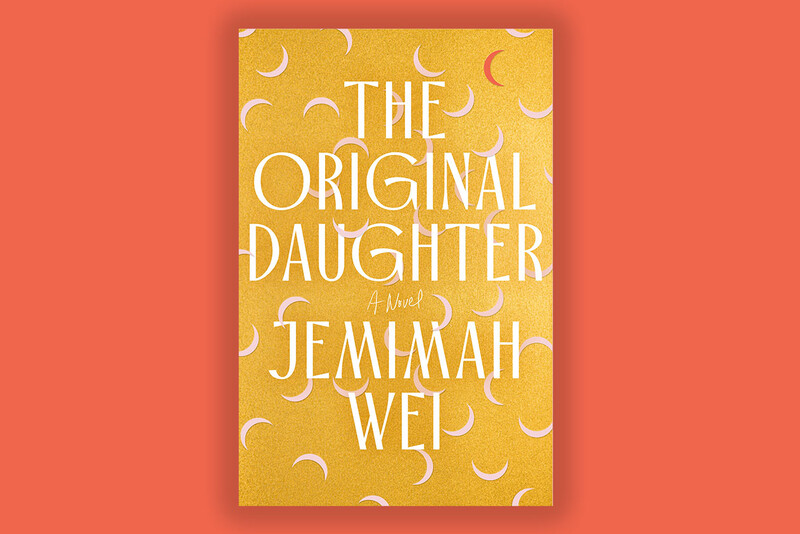"Columbia’s has been a disputatious history"—so opens Robert McCaughey’s Stand, Columbia: A History of Columbia University, published by Columbia University Press on the eve of Columbia 250. Woven from interviews, archives, prior histories, Trustee records, University Seminar proceedings, and myriad other sources unearthed in six years of research, McCaughey’s lively narrative traces the ups and downs and ups of Columbia’s distinguished and—yes—contentious past.
Columbia’s Individuals
I began much as a social historian would, by looking at Columbia's major social constituencies (Trustees, administrators, faculty, and students) but soon found that the somewhat old-fashioned emphasis on leaders—in this case presidents like Nicholas Murray Butler and Grayson Kirk, in different ways—could not be entirely abandoned. Leadership has been key to Columbia, at least from the 1860s on. We have benefited or struggled according to the quality of our leaders. In the last 35 years we have certainly been fortunate in that regard.
Surprising Butler
Living with Nicholas Murray Butler for a better part of four or five chapters, I found myself attracted to his abilities, including his capacity not to be bamboozled by faculty. Butler went too far in accommodating certain Trustees early in his administration, and he went much too far covering himself at the end—indeed that was his preoccupation. But in between there were 20 years there when he really did operate as the most effective academic president in the country.
Many Columbias
The discontinuities are impressive. The break between King’s College and everything that comes after is more significant than that between any other of the eight Colonial colleges and their post-Revolutionary successors. The break between early Columbia College, which really runs to the 1850s, and the university that emerges in the second half of the nineteenth century is by an order of magnitude incomparable with change at any other ongoing institution. In the late nineteenth century Columbia acted more like Johns Hopkins or Chicago or Stanford, which were brand new, than like Harvard or Yale or Princeton.
Recentering the College
In the late 1800s, neglecting or denying Columbia’s collegiate character, its original character, was widely thought to be part of the bargain if Columbia were to become a great university. Presidents from Barnard through Butler tended to feel the need to hearken back to an earlier Columbia, or to our Colonial past, only on the most ceremonial occasions. In the last 25 years we see a growing sense that a great university can’t be great without having a distinguished college and celebrating that college. It starts in the 1980s under Michael Sovern and comes on very strong, as far as I understand, from George Rupp’s first interview with the search committee through his presidency. By the time Lee Bollinger comes on as President, taking an interest in the college becomes expected, and the celebration of the 250th certainly reflects this interest.
A City University
The cosmopolitan reality, and pretensions, of the institution link King’s College in 1754 to the present. No serious voices talk about Columbia (in the way that very serious voices can talk about Princeton or Yale) as being at some remove from the hurly-burly, a place unto itself. Columbia never bought into the Arcadian character of the college education. It has been a city place, come what may.
1968
Interpreting the events of 1968 was obviously a key challenge. I came to reject the idea, a kind of conspiracy theorizing that has run pretty deep around Columbia, that nothing intrinsic to the institution caused events to take the shape they did—that events were caused by outside forces essentially parachuting into a campus chosen for centrality to New York and closeness to the media. I found this explanation insufficient to account for prior conditions, some leading back to the 1920s and 1930s, that shaped both the actions of the protestors and the reactions of other students, faculty, and administration.
Columbia and America
In the book I refer to the traditionally problematic Americanness of Columbia, and in fact throughout most of its history Columbia has not seen itself as much an American institution as have, say, Yale, Princeton, or Harvard. I think New Yorkers and Columbians have tended to share the tendency to see themselves as apart. My read of the very recent past, as the United States becomes truly multicultural, and even of 9/11, is that it represents a point where America is ready to embrace New York, and New York ought to be at least as willing to embrace America. And in that sense, it’s interesting that Lee Bollinger is the first Columbia President to have come from west of the 100th meridian. Columbia was first and always a city institution; it became an international university early on. It now bids fair to becoming an American institution.
Robert McCaughey is the Anne Whitney Olin Professor of History, Barnard College.


